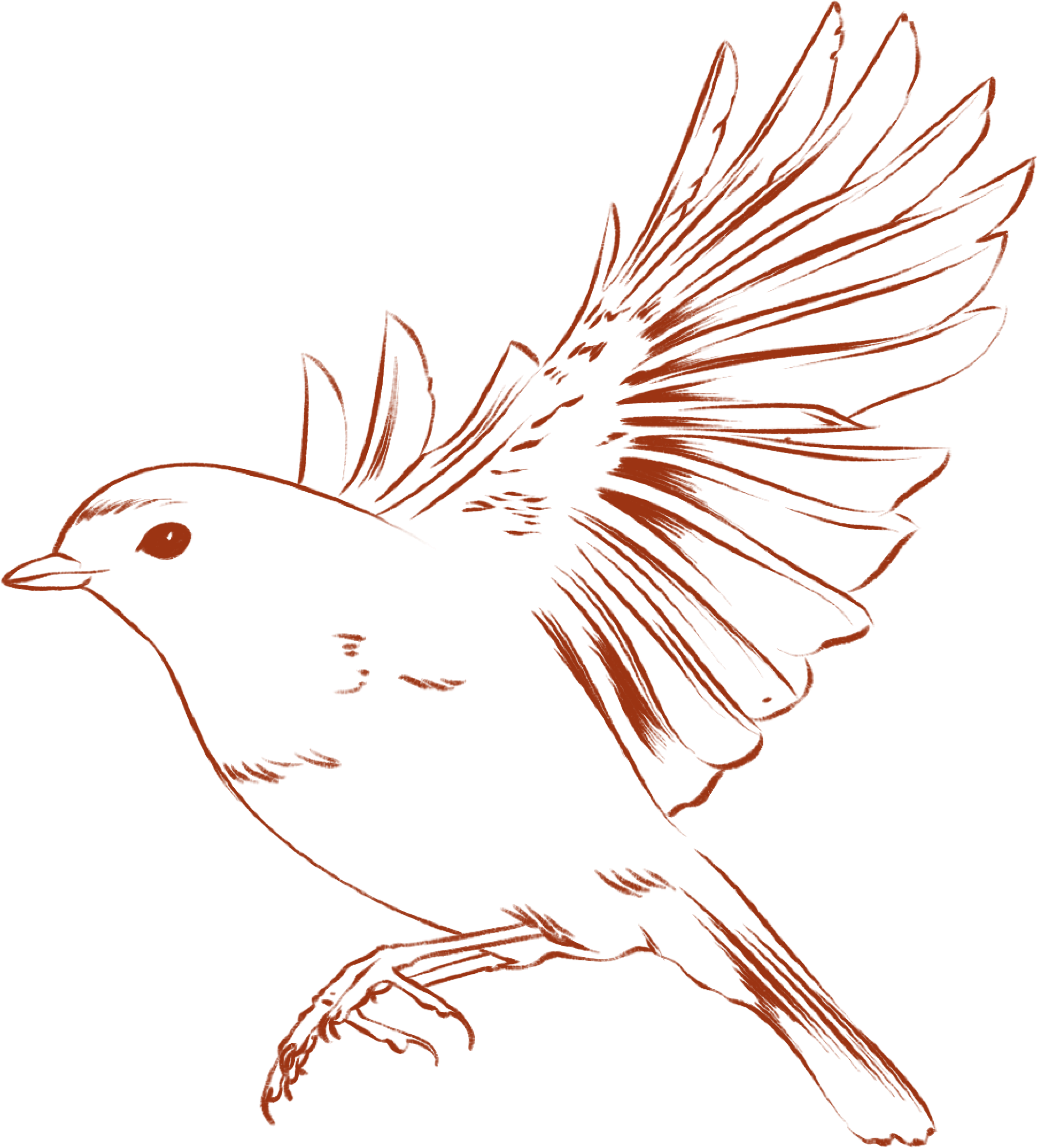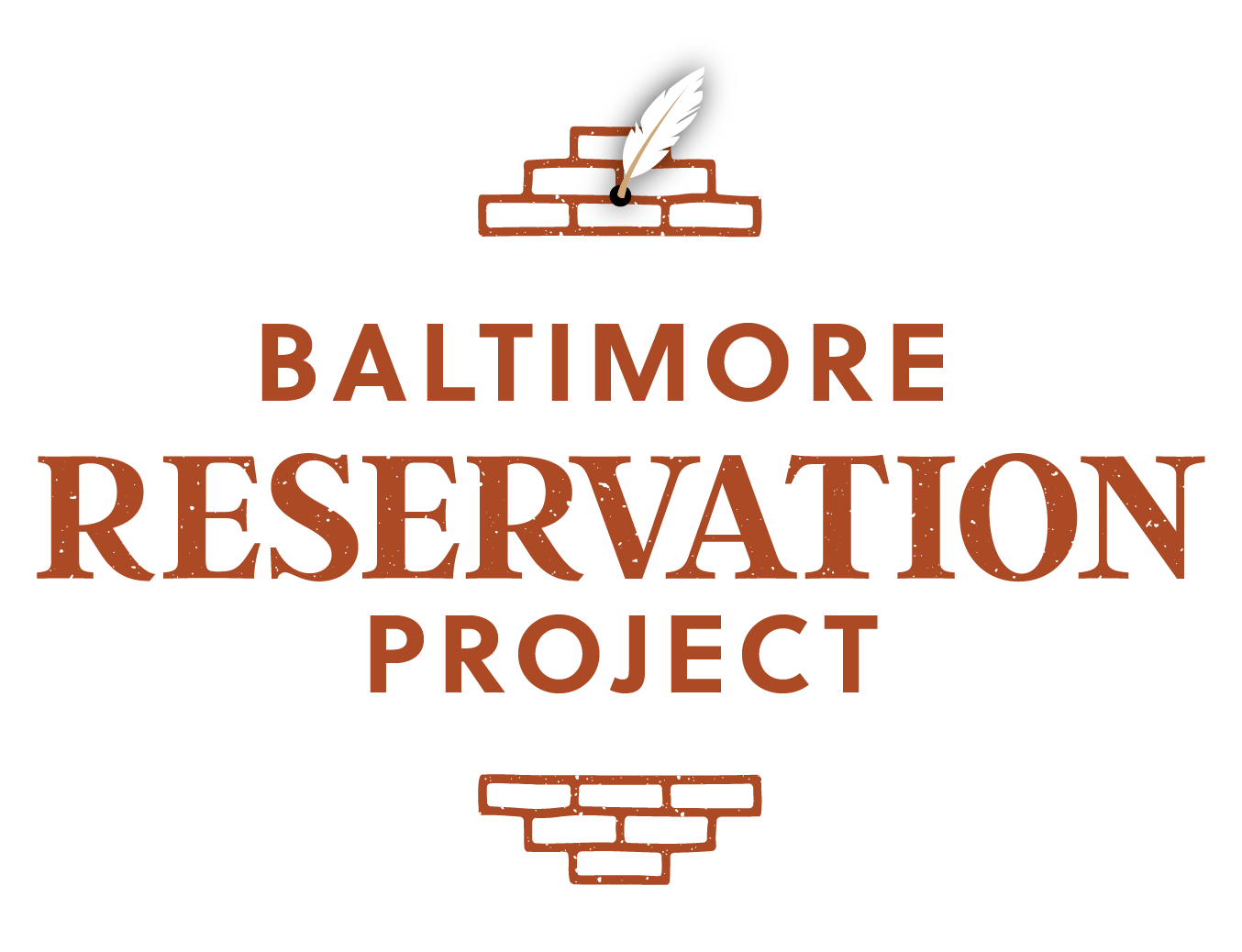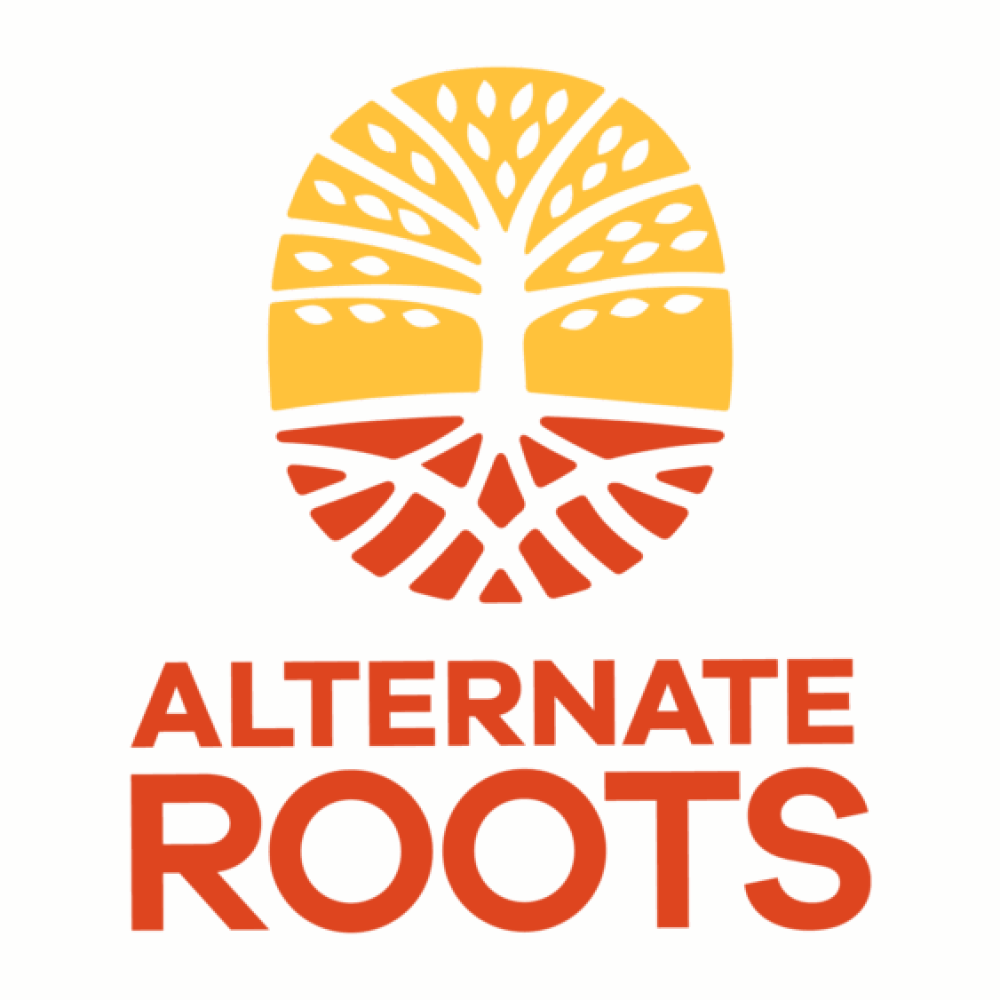
Beyond Baltimore Street: Living Lumbee Legacies is an oral history and photo documentary project that celebrates the vibrant, fascinating, everyday lives of Baltimore Lumbee elders. In their youth, they migrated from the Lumbee tribal homeland in North Carolina and settled along and around E. Baltimore Street, forming what was once affectionately known as “the reservation.” In the decades since, most have moved beyond Baltimore Street, yet remain in the region and in community with one another.
Elder Collaborators
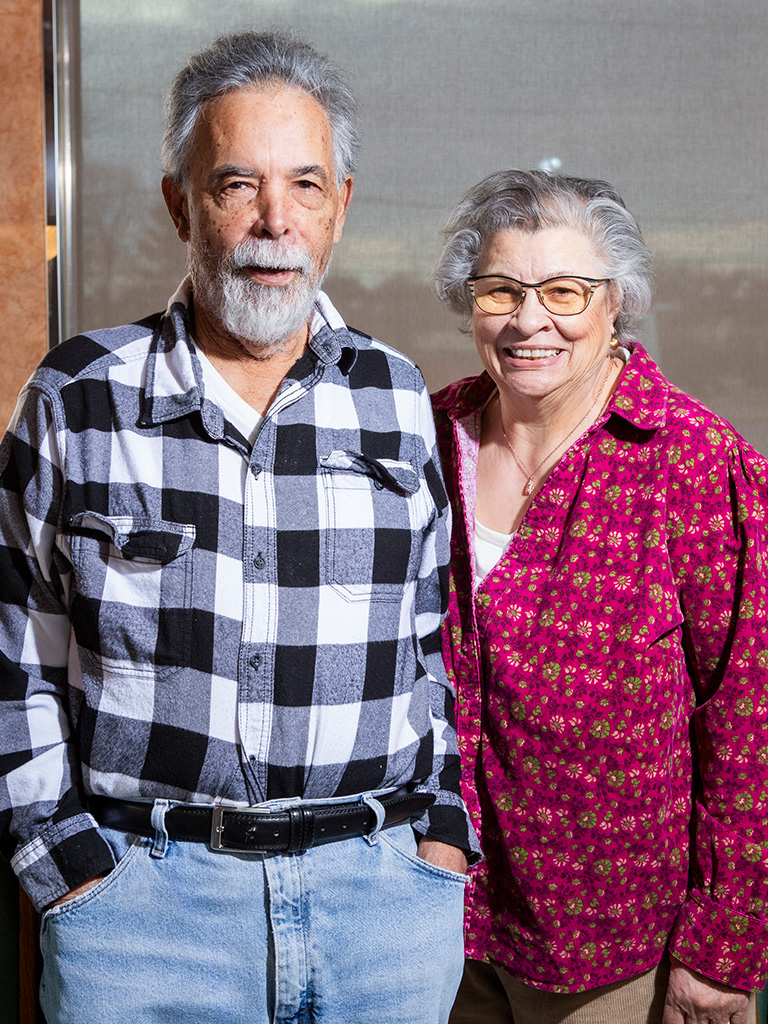
Howard Redell and Jeanette Hunt
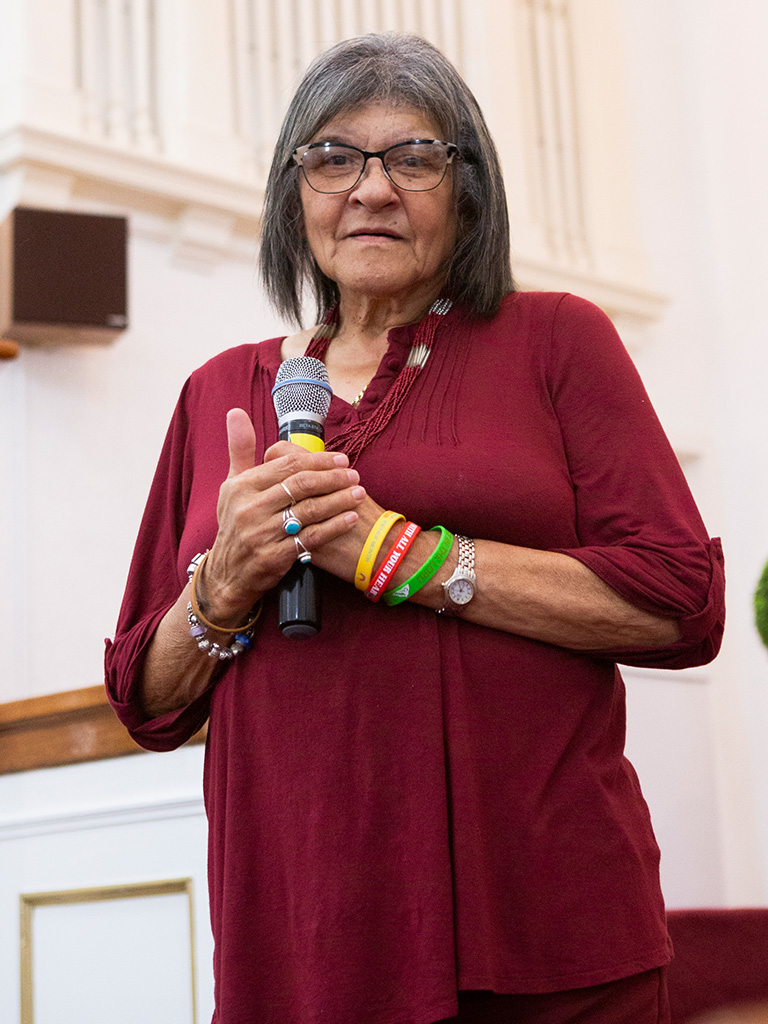
Linda Cox
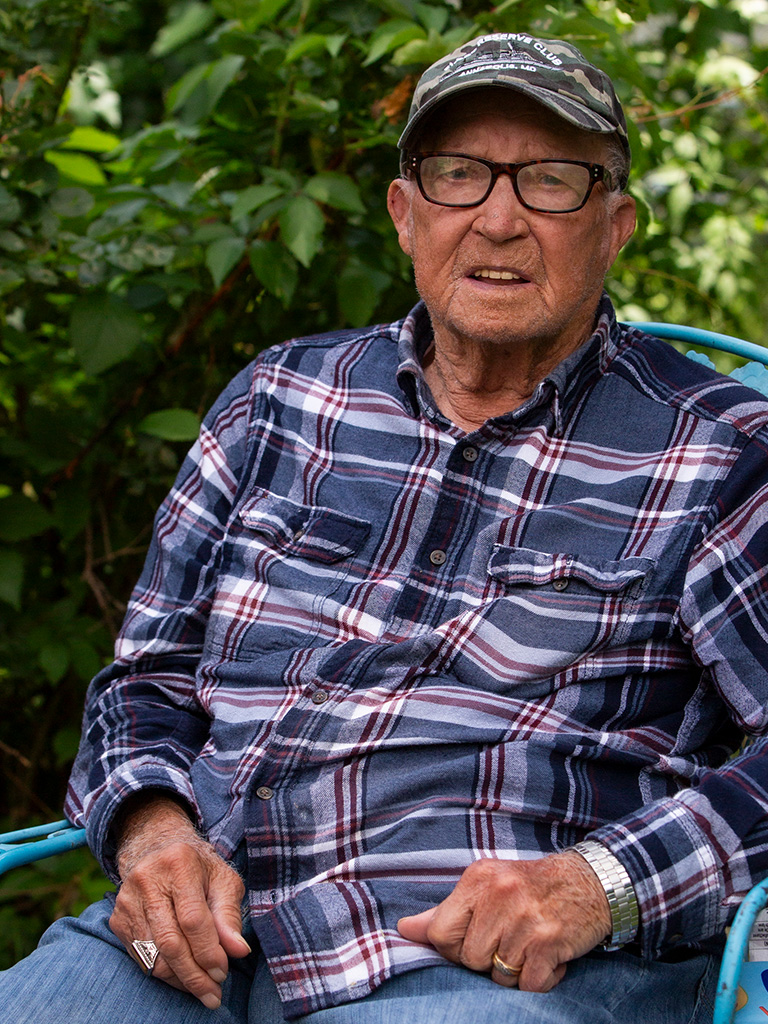
Iron Mackfee Locklear

Maurice and Lizzie Locklear
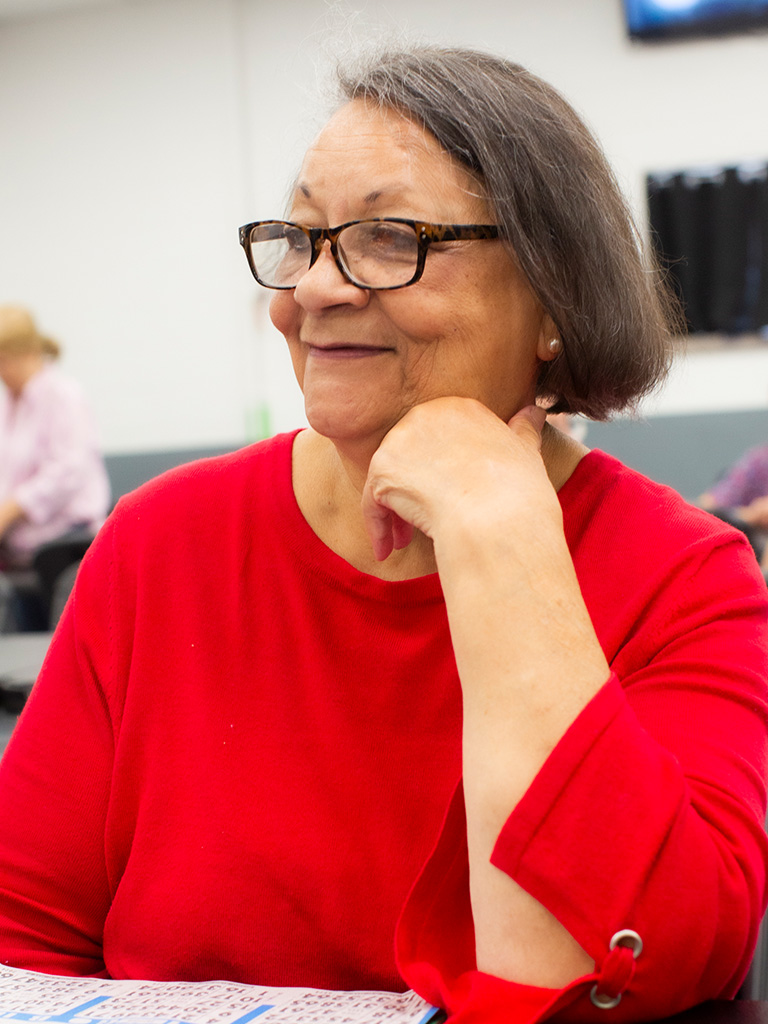
Mattie Fields
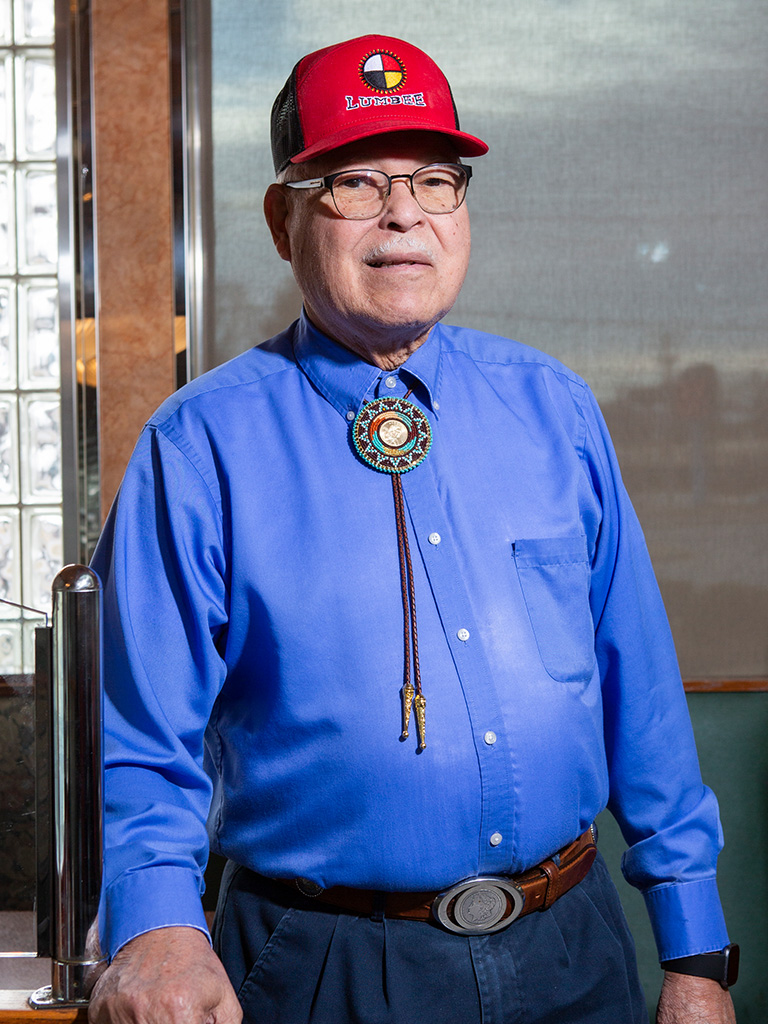
James Earl Locklear
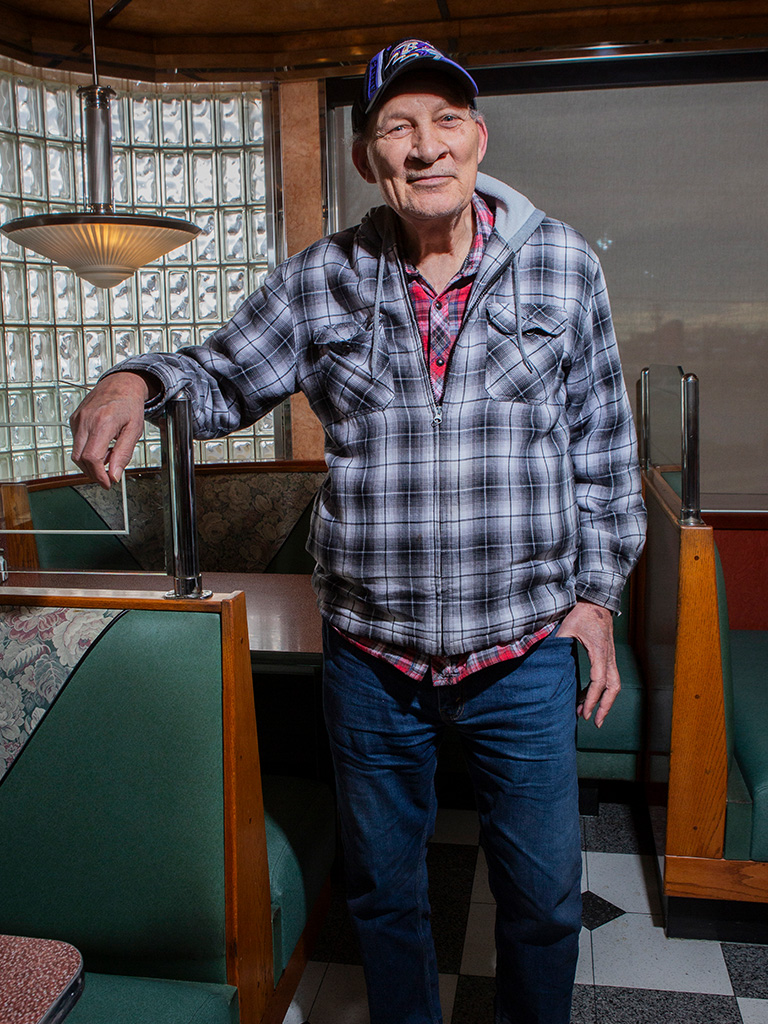
Junior Lee Locklear
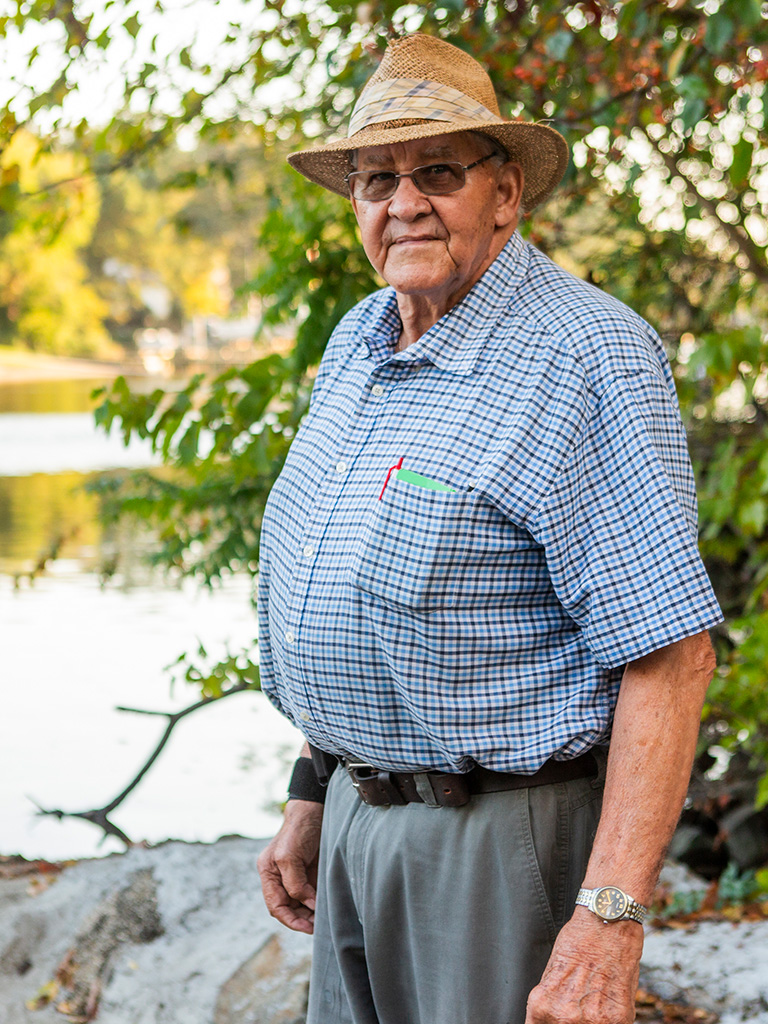
Carl Dean Harding

Minnie Sampson Maynor
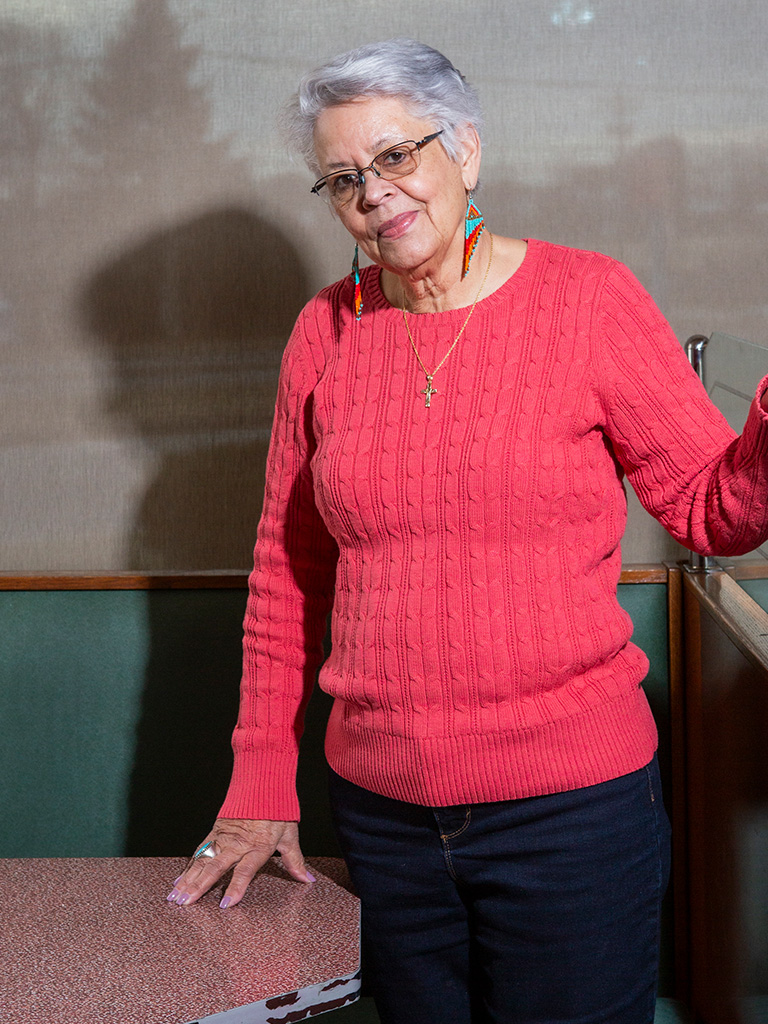
Jeanette Walker Jones

Heyman Jones
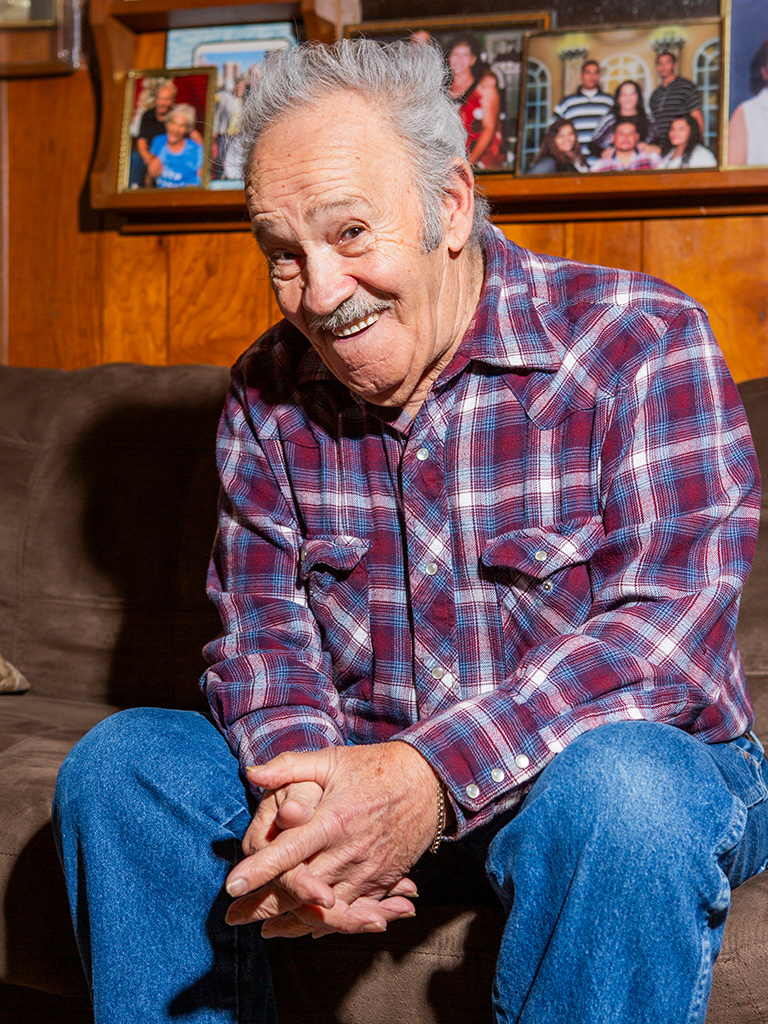
Carl Locklear
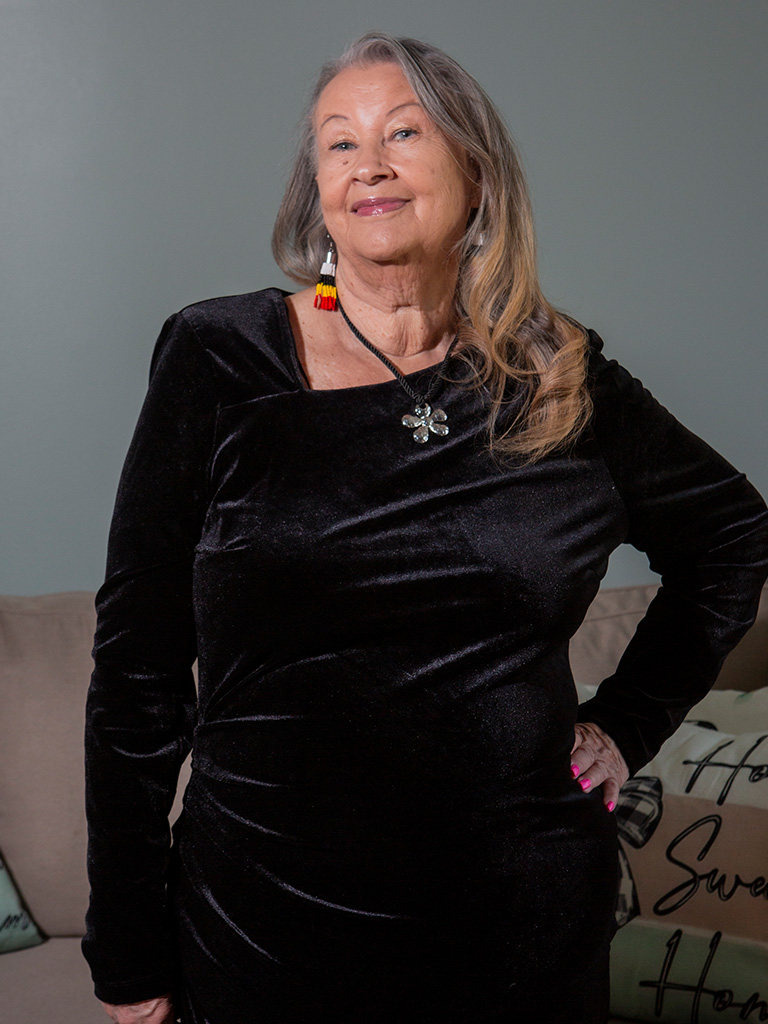
Margaret Locklear Meiklejohn
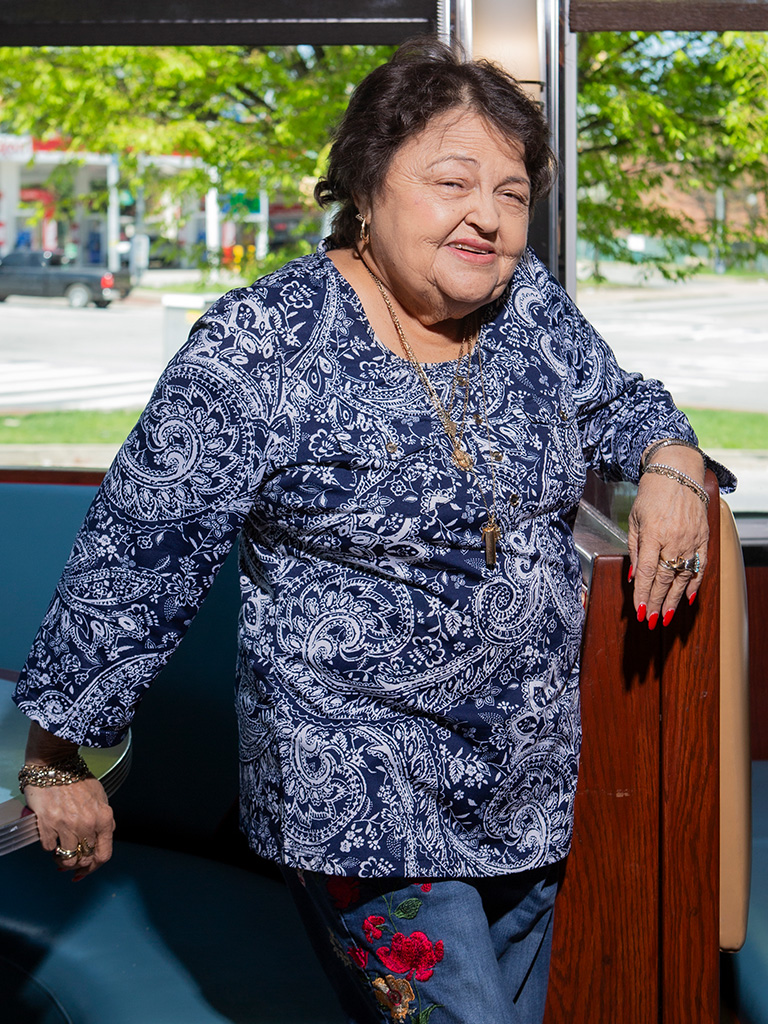
Mary Helen Lewis
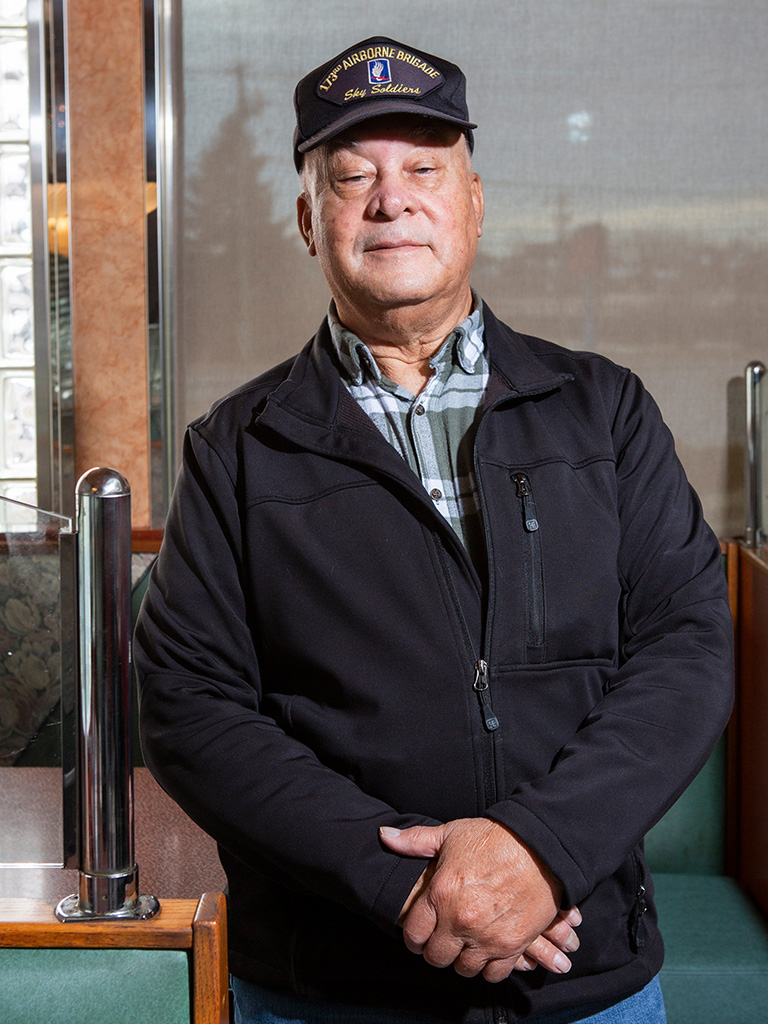
Earl Strickland
About the Project

The place today known as Baltimore is part of the ancestral homelands of the Piscataway and the Susquehannock peoples. A diverse host of folks from Indigenous nations throughout the land have passed through or lived in Baltimore at different times and still do.
In the mid-twentieth century, thousands of Lumbee migrated from rural North Carolina to Baltimore City seeking a better quality of life. They settled in a concentrated area along East Baltimore Street and created an urban American Indian community which they affectionately referred to as their “reservation” in its heyday.
Though little-known, this community was significant. Anthropologist Abraham Makofsky once referred to it as “perhaps the single largest grouping of Indians from the same tribe in an American urban area.” It became an organizing hub for Indians in the Mid-Atlantic and a model for urban Indian communities everywhere. In the decades since, due to a complex set of factors ranging from upward mobility, to civil unrest, to Urban Renewal, to gentrification, the area was transformed and most Indian people moved away from the neighborhood, if not from the region.

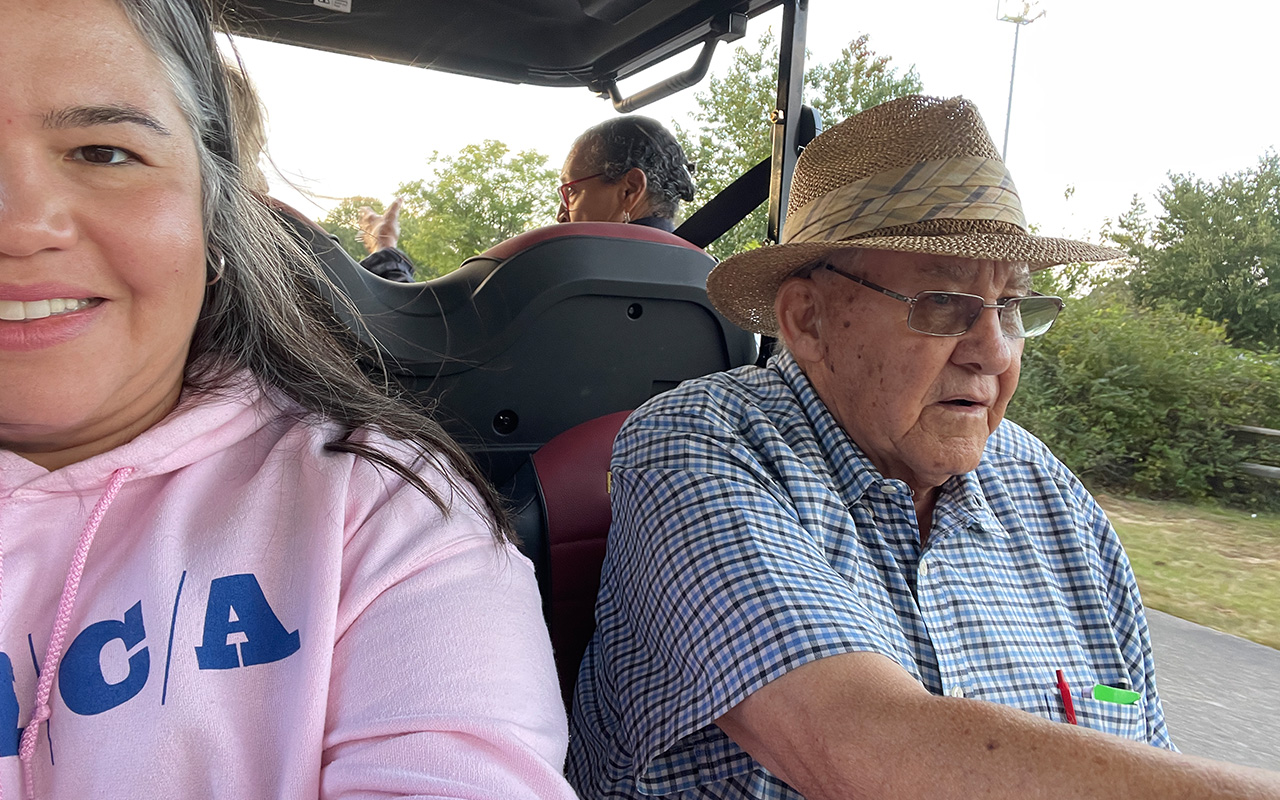
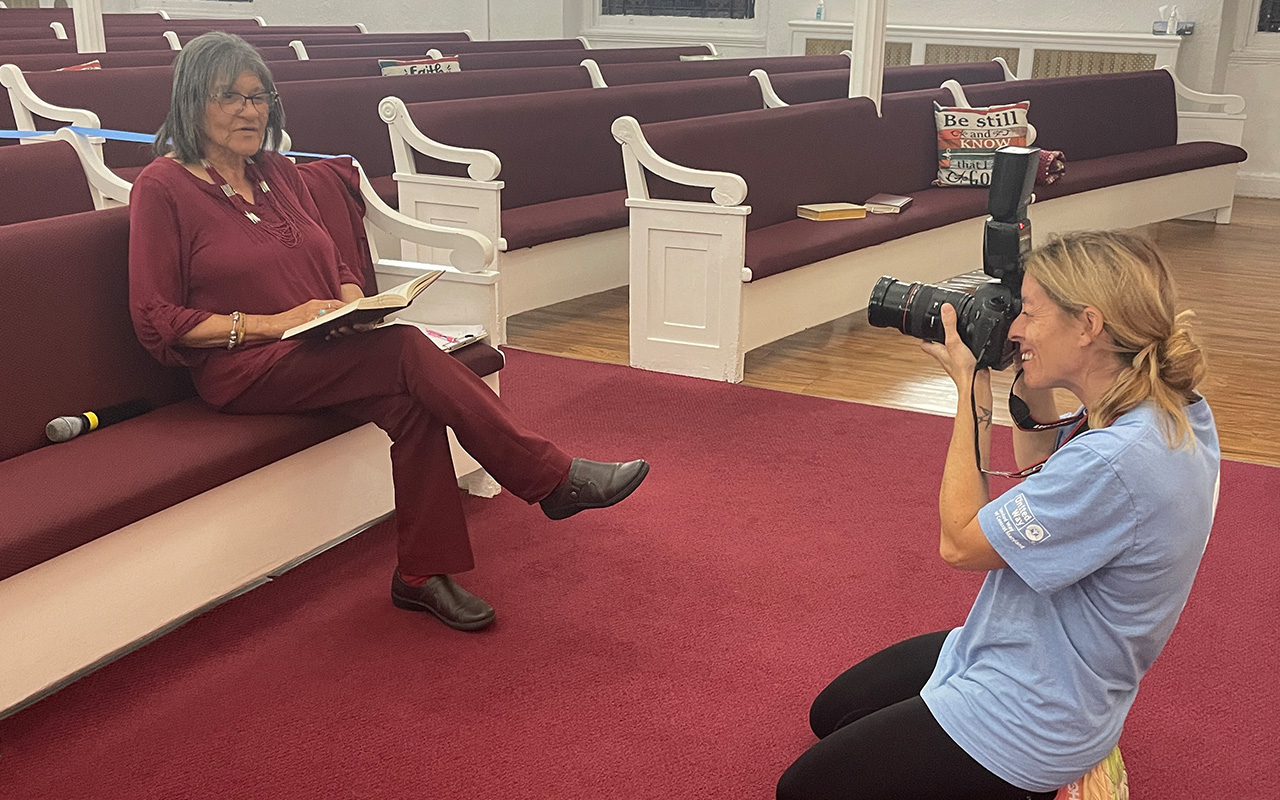
Baltimore Lumbee elders manage to remain in community with one another despite the loss of the geographic center they established for themselves as young people in the mid-twentieth century. They are progenitors of a whole new culture that has been inherited and riffed upon by the generations of Baltimore Lumbee that descend from them.
Their perception of the world is uniquely colored by their experiences farming under segregation in the tribal territory as youths and their contributions to Baltimore industry as adults. They speak Lumbee English with East Baltimore turns of phrase. They drink half and half (in Baltimore, half lemonade and half iced tea) with their Carolina fried chicken. They have adapted their gardening to back yards and small community plots from acreages of fields at “home” (Lumbee shorthand for our tribal homeland in North Carolina). Their clothing, their home interiors, their leisure activities, and everything about them reflects that they are of these two places.
This project is both urgent and important to Lumbee collective cultural memory and legacy.
Over the course of a year, artist and folklorist Ashley Minner Jones (Lumbee) and photographer Jill Fannon Prevas collaborated with 16 Baltimore Lumbee elders to produce forever-accessible records of their everyday lives and likenesses. Ashley recorded new oral histories, asking each elder questions like: What are you most proud of in your life? What do you like to do for fun? What do you hope for the Indian community of Baltimore? Is there anything you’d like young people of our community to hear from you? Jill accompanied Ashley on visits with the elders to photograph activities of their choosing. They visited front porches, diners, churches, malls, bingo halls, back yards, and more.
A public exhibition debuts on Indigenous Peoples Day, 2025, in the place where many of the elders gather to exercise and socialize daily, Eastpoint Mall. It consists of 20 free-standing banner displays, each featuring a portrait of elders and a QR code link to this page for access to more images, full interview recordings, transcripts, and further information about the project. The exhibition will tour beginning in November 2025.
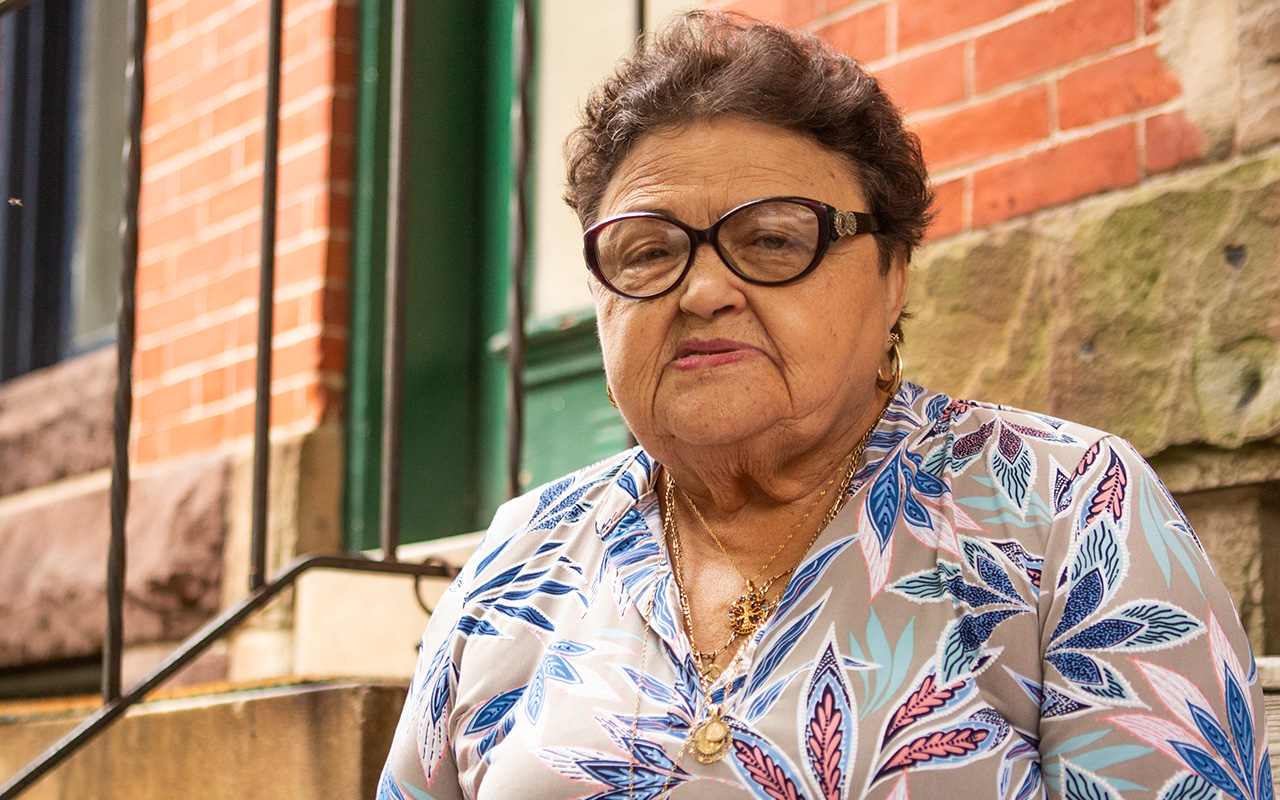

Press
New exhibit at Eastpoint Mall celebrates the Lumbee
The Dundalk Eagle, September 14, 2025
Baltimore’s Hidden History: New Exhibit Celebrates Lumbee Native American Community
Maria Morales, WMAR 2 News Baltimore, October 13, 2025
‘Beyond Baltimore Street’ celebrates Lumbee elders legacy
On the Record, WYPR, October 1, 2025
Preview: Eastpoint Mall to host art exhibition for Indigenous Peoples Day
The Dundalk Eagle, September 10, 2025
Catching up with Community Collections Grant Recipient Ashley Minner Jones on Beyond Baltimore Street: Living Lumbee Legacies, Library of Congress Blogs, July 3, 2024
Beyond Baltimore Street: Living Lumbee Legacies has been made possible in part by funding from the Library of Congress. Documentation from this project will be accessioned into the Library of Congress American Folklife Center as well as the Ashley Minner Collection in Special Collections of the Albin O. Kuhn Library and Gallery of the University of Maryland Baltimore County.
